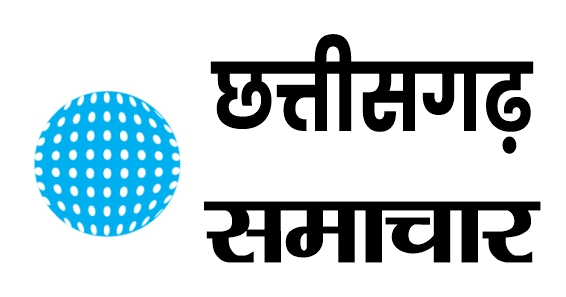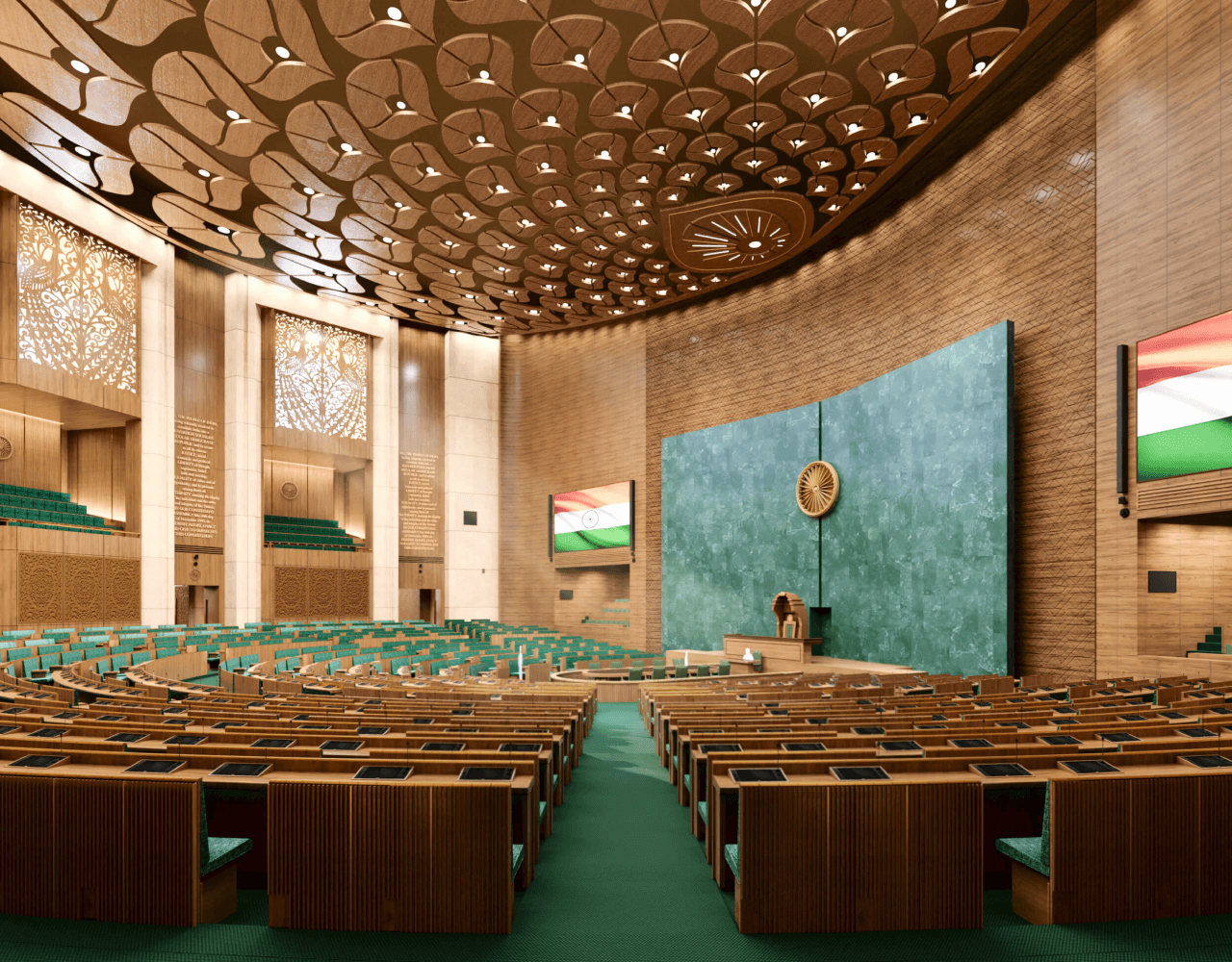In a historic move, the Parliament of India shifted to a new building, inaugurated by PM Modi on 28 May, 2023. The old building was constructed during British rule, and was also used as the premises for the Constituent Assembly, who drafted the Constitution of India. While the old building was known as ‘Sansad’, the new building was renamed ‘Parliament House of India’. The new building is a symbol of ‘New India’ and aspirations of the citizens of India, in a step towards becoming a developed nation and third largest economy in years to come. The Parliament hosted its Special Session celebrating 75 years, and some critical Bills were discussed.
The old Parliament building that was once famous for debates, speeches, and late-night meetings to pass the bills had recently been tainted with practices of regular opposition, suspension of members and interruptions. The nation can’t even recall the day when the opposition and the Government MPs sat silently to debate a particular bill. Since 2019, the opposition has decided to create interruptions in the parliament house whenever the parliament session is announced. With PM Modi having inaugurated the New Sansad Bhavan, the old habits of the parliamentarians should be kept from being followed. “Bharat Ka Sansad Bhavan” looks forward towards passing crucial legislations like UCC, Women Reservation Bill and even detailed discussion on review of reservation, inflation, unemployment, freebies, making India a ten trillion-dollar economy, increasing per capita income, etc. While Women Reservation Bill is passed, we may have to wait for UCC.
Let there be no walkouts, no suspension of the members and no passing of bills with just a voice note. The New Parliament should also seek the revival of old age practice of sending the bills to the Parliamentary Standing Committees for better scrutiny. The number of bills sent to Parliamentary Standing Committees for scrutiny was more under UPA than under NDA. Of course, sending a bill to the Parliamentary Standing Committee is not necessary and not necessarily a parameter of judging democracy. Still, there was a reason why the bills were referred even after debate in both houses of the Parliament. With the Women Reservation Bill being expected to pass, the new temple of democracy will soon witness more women parliamentarians that will further bring gender balance in policy-making and views as well. The old parliament building saw “Azaadi Ka Amrit Mahotsav”, but the new one will celebrate “Azadi Ka Swarnim Mahotsav”.
The elite landscape of ‘Lutyen’s Delhi and the British architects Sir Edwin Lutyens and Sir Herbert Baker are no longer considered purely elite. The infrastructure nationalism that the ruling party proposes is a welcome step to change our mindset. The new Parliament is designed by Ahmedabad-based architect Bimal Patel, and Lutyen’s Delhi could soon be called Bimal Patel’s New Delhi, especially the Parliament corridor. Renaming Rajpath as Janpath also gives a clear message of ‘non-eliteness’ and more ‘inclusiveness’.
A change in building was not just a logistical need, as the number of Parliamentarians is set to increase soon, but it is also symbolic. The symbol of colonialism needed to be done away with, with humility to respect the legacy of the building as the Constituent Assembly drafted the Constitution in the same institution. Central Hall is now also renamed as ‘Samvidhan Bhavan’.
New Parliament is an extension of Parliamentarianism, which is an extension of constitutionalism. As propagated by Harvard Professor Adrian Vermeule, ‘common good constitutionalism’ suggests the Constitution’s central aim is to promote the common good. The current government believes in the common good via ‘sabka sath, sabka vikas aur sabka vishwaas’.
2047 is the year we should look up to. India will complete 100 years of its independence. India@100 is a goal that India has set for itself: a vision to be a developed nation to exit the so-called third-world club. As we celebrate Azadi ka Amrut Mahotsav on the 75 years of our independence, we have outranked England, our former colonizer, by entering the Top-5 largest economies of the world. It is also forecasted that we can overtake Germany by 2027 and Japan by 2029 if we maintain the present growth rate.
All said and all to be done, we hope for a dynamic, digital and sustainable economy carrying the ambition to enter the ‘developed country’ club by 2047 when we lead many sectors in the world to become an economic and political powerhouse as we complete a century of our independence.
(Aditya Trivedi is Advocate, Delhi High Court, Director, Samacharline Media Group and Ritwik Mehta is Founder, Niti Tantra and a leading policy consultant based in Mumbai, India.)









